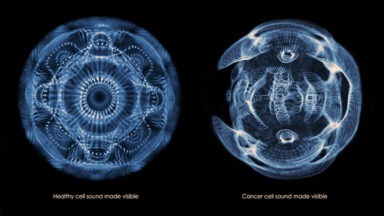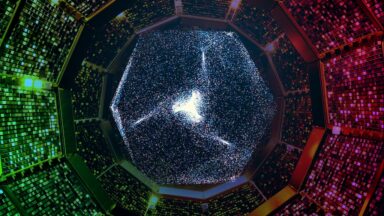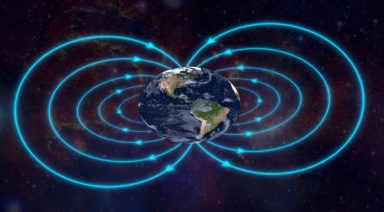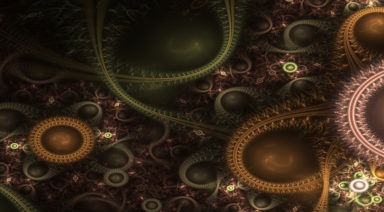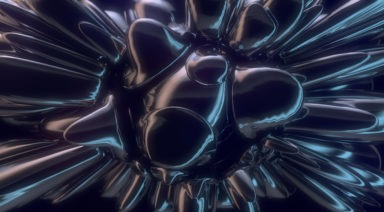Scientists Say They’ve Discovered Martian Life in Form of Fungi

The days of scientists dismissing all signs of life on the Martian surface as pareidolia or just a trick of shadows may be over, as a statistically significant majority of 70 scientists agree they’ve identified evidence of life on the red planet.
According to a paper published in the Journal of Astrobiology, as well as the consortium of believing scientists, the Mars Curiosity Rover seems to have photographed evidence of life on Mars in the form of algae, lichens, and fungi.
In addition to a number of pictures showing these prokaryotes and eukaryotes seeming to thrive on the surface of Martian rocks, other photos depict what appear to be fungi growing on the rover itself.
The evidence supports a number of hypotheses that these types of “puff-balls,” or fungal organisms would be able to survive the Martian atmosphere, despite exposure to intense space radiation and harsh atmospheric conditions.
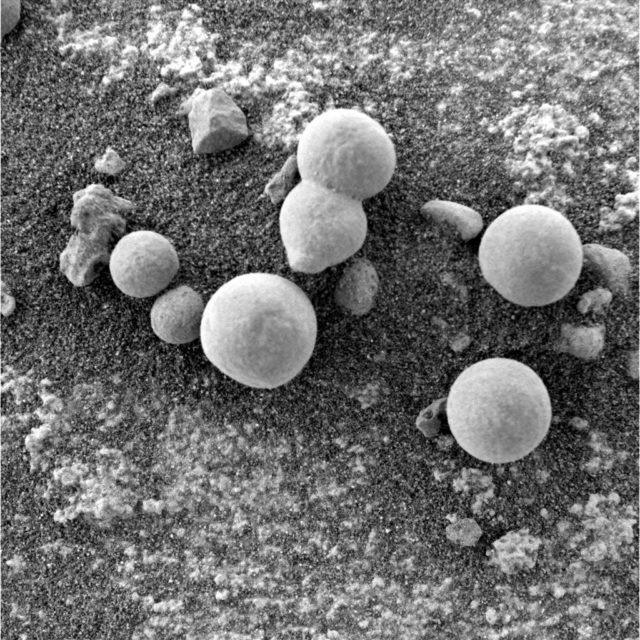
Though this information is just now being released to the public, other scientists are claiming they identified equaling compelling evidence decades ago detected by the 1976 Viking mission, yet for some reason NASA still didn’t equip subsequent missions with the proper tools to test for life. And despite the substantial photographic evidence of this life, the only way to truly prove whether it’s living is to sample it and send it back to Earth for testing.

“There are no geological or other abiogenic forces on Earth which can produce sedimentary structures, by the hundreds, which have mushroom shapes, stems, stalks, and shed what looks like spores on the surrounding surface,” said the study’s lead author Dr. Regina Dass of the Department of Microbiology at India’s School of Life Sciences. “In fact, fifteen specimens were photographed by NASA growing out of the ground in just three days!”
Dass and team also argued that there are fluctuations in methane levels on the ground as well as in the Martian atmosphere that vary between seasons, much like methane fluctuations seen on Earth. 90 percent of that methane is the direct result of living organisms.
NASA denies the assertion that these photos are proof of living organisms, calling into question the validity of the journal making the claims. Instead the administration says the photos simply depict minerals like hematite.
But if this scientific consortium is correct and there are basic life forms able to survive Mars’ hostile atmosphere, how they ended up on the red planet is a bit of a mystery.
Considering that certain cyanobacteria and fungi have been observed to survive the vacuum of space and cosmic radiation, some believe these microorganisms on Mars may have come from Earth, either blasted from meteorite impacts or having caught a ride with one of the rovers.
And then there’s also the other hypothesis that says they could be remnants of an ancient civilization that once resided on Mars, before some cataclysmic event turned the planet into the inhospitable rock it is today. At least that’s what remote viewers working for the CIA claim they saw.
For more on the potential habitability of Mars watch Dr. Robert Zubrin on this episode of Beyond Belief:
Is This a Solution to the Fermi Paradox?
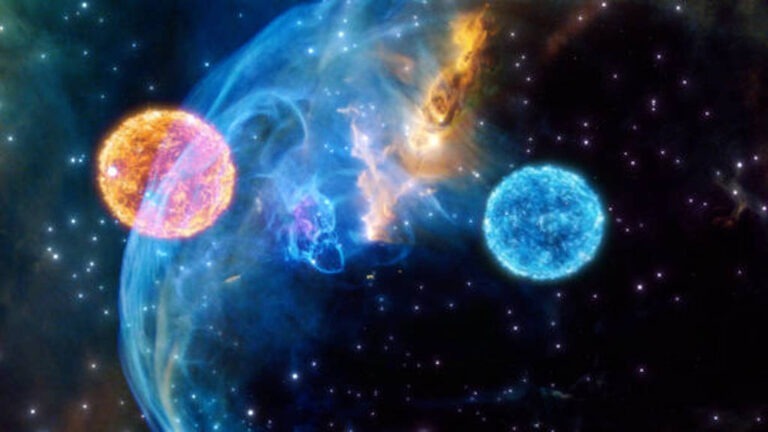
A new theory has been devised on why aliens have never visited Earth, that we know of, as a possible resolution to the Fermi paradox.
Many who are curious about the existence of ETs have heard about the “Fermi paradox,” named after famous astrophysicist Enrico Fermi.
The story goes that in a lunchtime conversation with other astrophysicists who reasoned that, given the vast size and age of the universe it stands to reason, there must be other intelligent life out there, to which Fermi asked, “where is everybody?”
For decades people have tried to answer that question if there are so many possible ET civilizations, where are they? Now, astrobiologists Michael Wong, of the Carnegie Institution for Science, and Stuart Bartlett, of the California Institute of Technology offer their hypothesis, and it’s a bit dark.
Using studies of the growth of cities on Earth, they argue that civilizations grow infinitely but in a finite time. This infinite growth of population and overuse of energy will eventually lead to the death of the civilization or possibly saving themselves.
“We propose a new resolution to the Fermi paradox: civilizations either collapse from burnout or redirect themselves to prioritizing homeostasis, a state where cosmic expansion is no longer a goal, making them difficult to detect remotely.”









